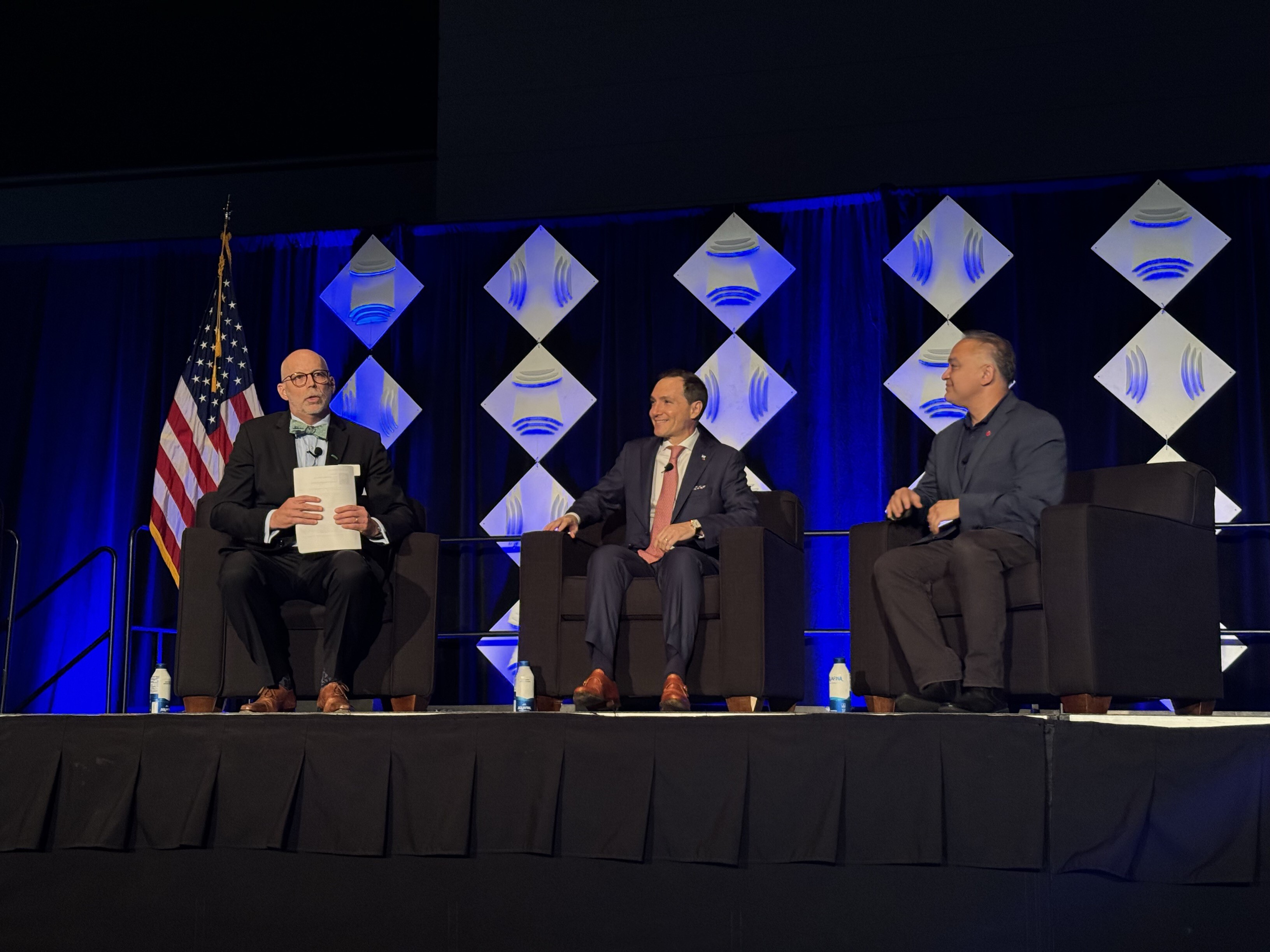OEHHA Issues Proposed NSRLs for Three Disinfection By-Products
On May 22, the California Office of Environmental Health Hazard Assessment (OEHHA), which assesses health risks of environmental contaminants in products sold in California, issued three notices of proposed rulemaking (NPRs) establishing proposed no significant risk levels (NSRLs) for three water disinfection by-products: trichloroacetic acid, dibromoacetic acid and dichloroacetic acid; also known as haloacetic acids. These NPRs were open for comment until July 7. OEHHA is now reviewing the comments and will then issue a final rule.
Chemical: Trichloroacetic acid
CAS No.: 76-03-9
Proposed NSRL (µg/day): 9.9
Date of original listing for Proposition 65: 9/13/2013
Listing Mechanism: Labor Code; Based on IARC 2012, Group 2B cancer classification
Chemical: Dibromoacetic acid
CAS No.: 631-64-1
Proposed NSRL (µg/day): 2.8
Date of original listing for Proposition 65: 6/17/2008
Listing Mechanism: Authoritative Body; Based on NTP 2007 assessment finding evidence of cancer in mice and rats
Chemical: Dichloroacetic acid
CAS No.: 79-43-6
Proposed NSRL (µg/day): 17
Date of original listing for Proposition 65: 5/1/1996
Listing Mechanism: Authoritative Body; Based on US EPA 1996 classification as a Group B2 carcinogen (note IARC also classified DCA as a Group 2B carcinogen in 2002)
Haloacetic acids are regulated by the U.S. EPA under the National Primary Drinking Water Regulation and the State of California’s drinking water standard with a total maximum contaminant level of 60 µg/L in drinking water, or 120 µg/day, assuming 2 L/day drinking water intake for an adult per OEHHA regulations (see 27 CCR §25721). This regulated class also includes monochloroacetic acid and bromoacetic acid.
Although U.S. EPA and California regulations would imply that concentrations in drinking water of these contaminants may exceed the proposed NSRLs, OEHHA regulations (27 CCR §25401) exempt the discharge of listed chemicals that were present in the drinking water as received from the public water system or water supplier. In other words, chemicals present in the water supply coming into a business are exempt from Proposition 65, but any chemicals introduced on the premises may be subject to Proposition 65. (Importantly, analytical evidence is necessary to demonstrate that a chemical is present in the received water; referring to California primary drinking water standards as evidence for the presence of a chemical in public water systems is not sufficient).
Exposure to listed chemicals in water used as a component of a manufactured product provided to consumers is likewise exempt when the water received from the public water system or water supplier contained these listed chemicals at the point of receipt (27 CCR §25502 and §25503, consistent and with reference to the parameters outlined in 27 CCR §25401). However, if in the course of doing business a listed chemical is introduced into the water after the point of receipt from a public water system or water supplier, any chemical exposure to a person resulting from use and handling of a product containing this water or discharge of this water to sources of drinking water (in California) is subject to Proposition 65 regulations. This includes residential water treatment applications, manufactured products and other sources of these chemicals, even if the concentration introduced to the water after the point of receipt does not exceed primary drinking water standard levels. Using lead as a specific example, if water coming into the building from the public systems contains lead at concentrations consistent with drinking water standards, exposure to lead from this source is exempt from Proposition 65. However, if lead were not present in the public water as received, any activities that introduce lead to the water after the point of receipt, even if it is at less than drinking water standard levels, would be subject to Proposition 65 regulations.
Not sure whether your product introduces sources of these or other listed compounds into water after the point of receipt from a public water system or water supplier? NSF can help. Contact us at prop65@nsf.org.
Share this Article
How NSF Can Help You
Get in touch to find out how we can help you and your business thrive.

What’s New with NSF

NSF Shanghai Named Critical Site for NSF/ANSI 455 and NSF/ANSI 173 by ANSI National Accreditation Board
July 26, 2024
NSF Takes Center Stage at NEHA Annual Education Conference
July 25, 2024
NSF Asia Pacific Showcases Hospitality Solutions at THAIFEX HOREC Asia 2024 in Bangkok, Thailand
July 4, 2024